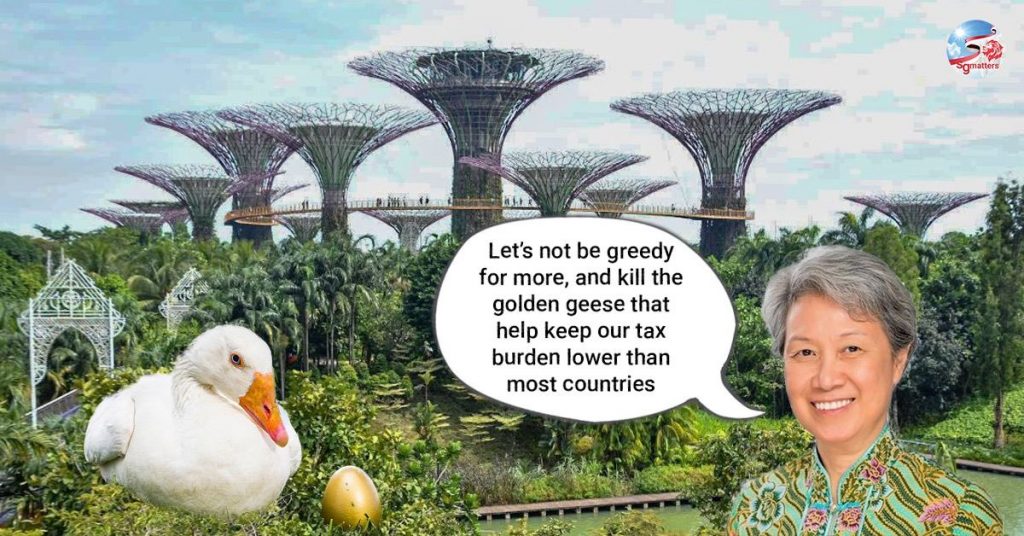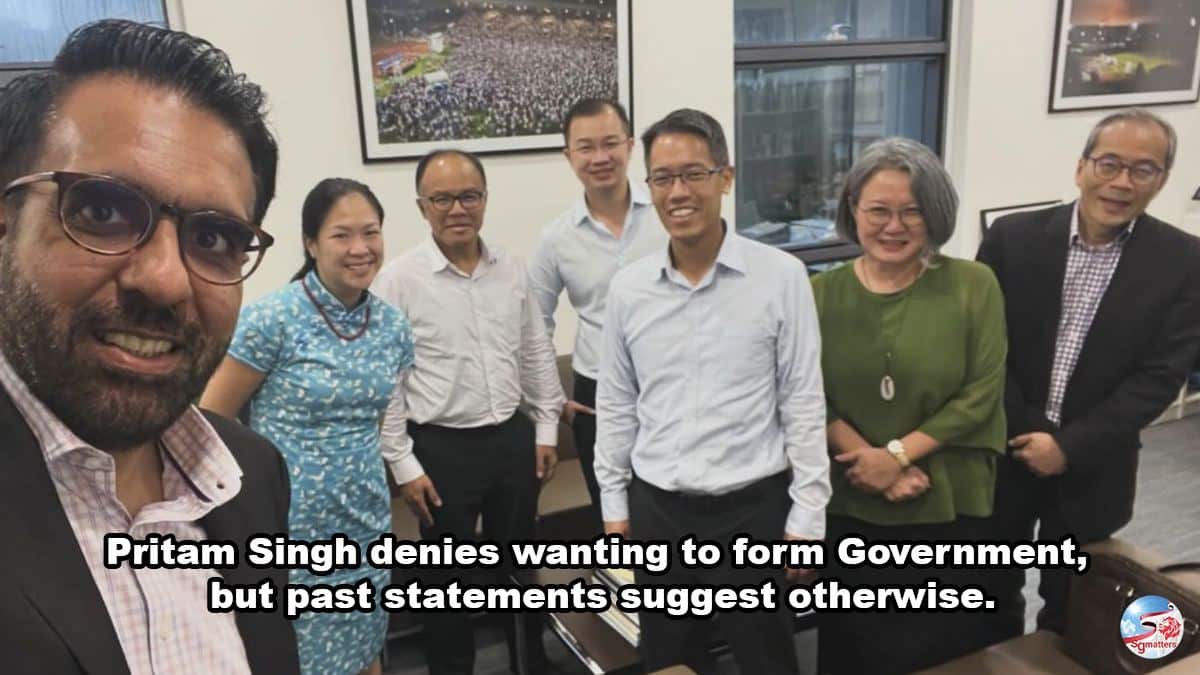The ups and downs of investing.
But even if we use a more conservative valuation of Temasek, say based on retained earnings, that is less volatile, we could still be talking about 2% of say S$300 billion, or S$6 billion.
Currently, 7% of GST adds about S$12 billion to our Singov coffers in 2021.
So each 1% of GST adds about S$1.7 billion to our Singov revenue.
So S$6-8 billion of NIRC contribution from Temasek would translate to 3-5% more in GST.
All 3 sources of tax revenue are each less than the NIRC contribution of about S$20 billion.
[Side note: NIRC contribution for FY2021 was estimated to be S$19.56 billion, and projected to be S$21.6 billion for FY2022.]
Wow!
And don’t forget!
And 80% of the Singaporean households pay 30% of the GST collection.





